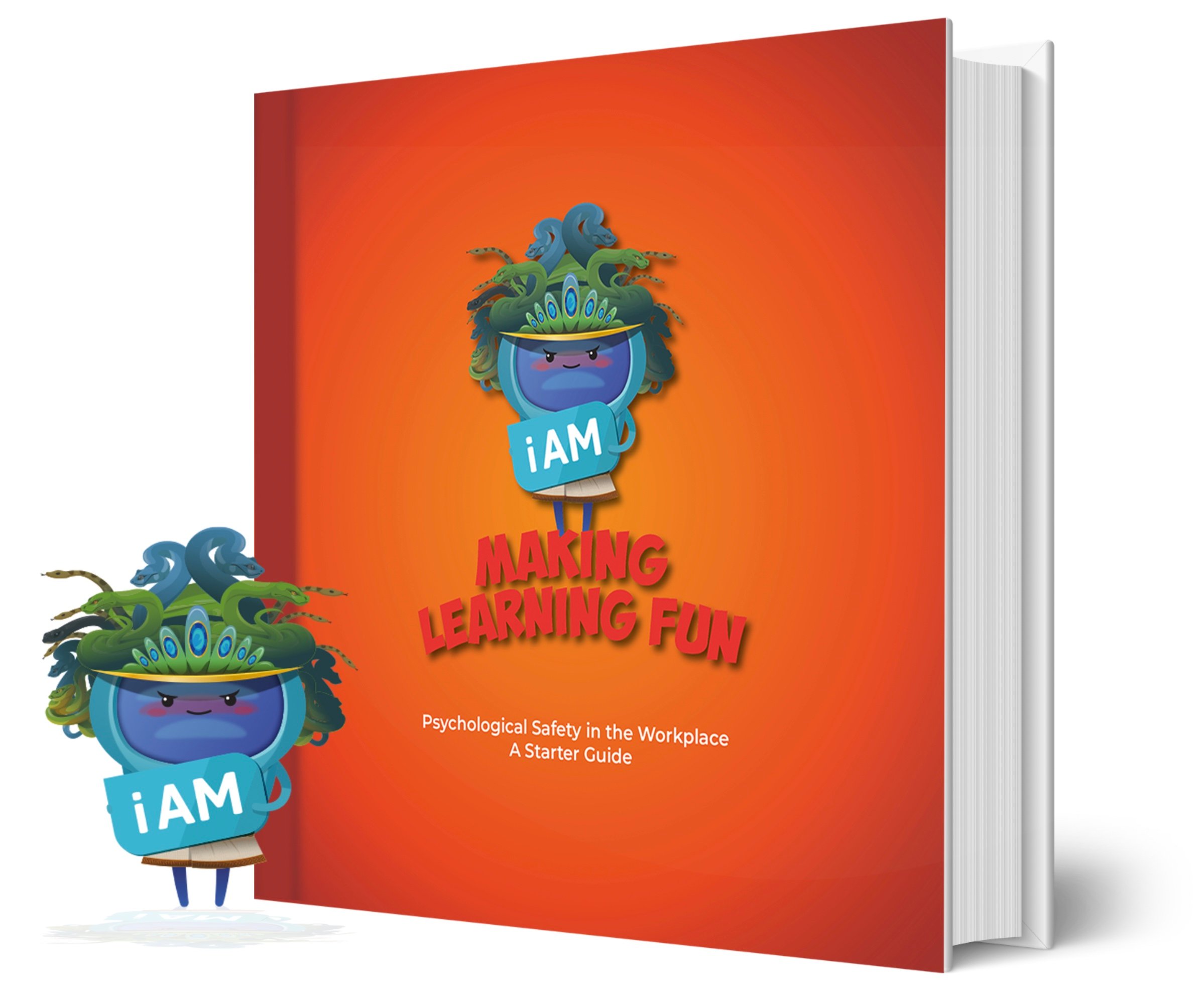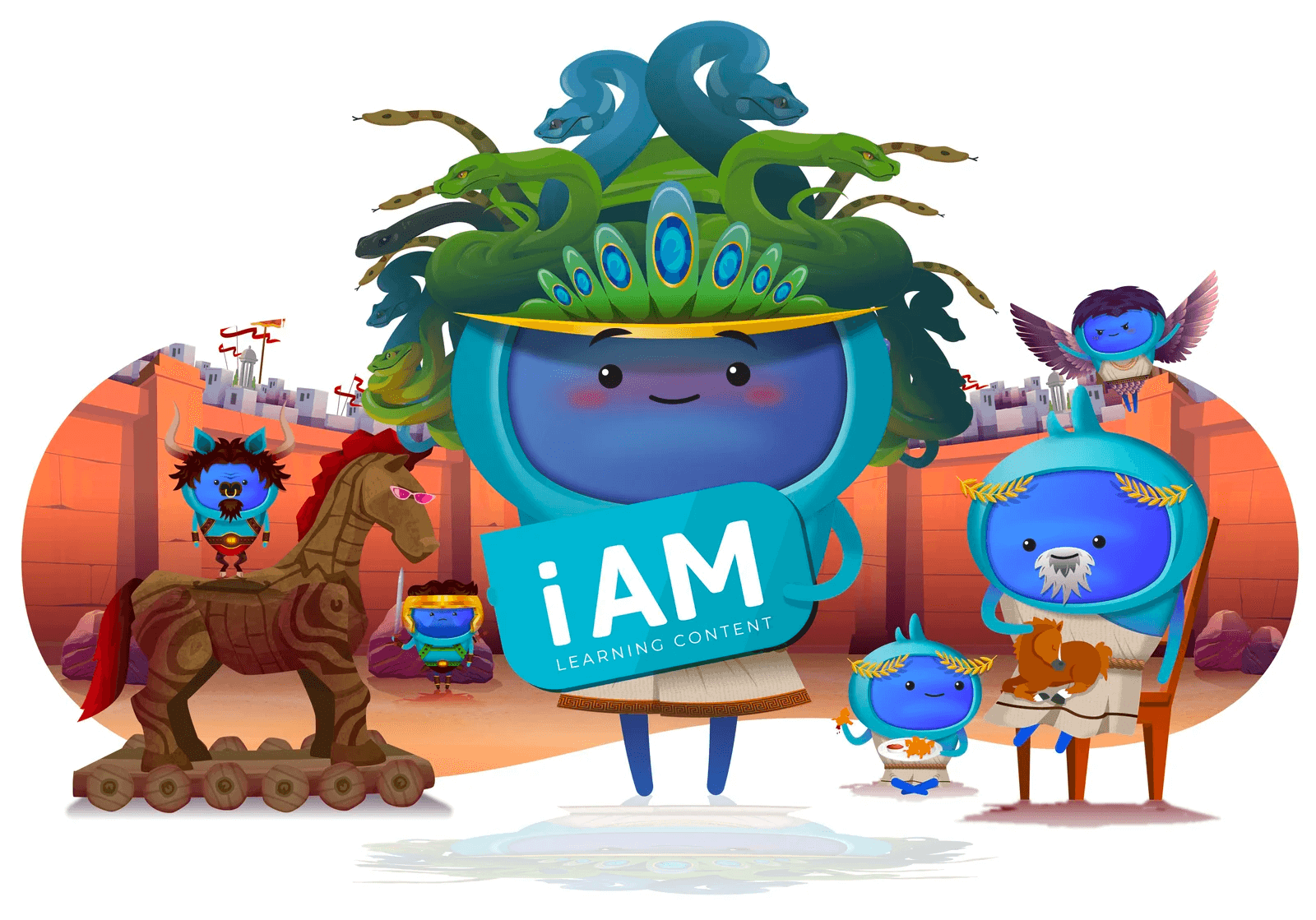You might have heard that we’re all about psychological safety right now, so we’ve caught up with world-renowned, award-winning Psychological Safety and LGBT+ Consultant and Trainer for multinational corporations, Gina Battye. Here, she shares her top tips on how to create a better workplace...
The concept of psychological safety has entered the psyche of businesses relatively slowly, but is gaining more momentum, as organisations consider and step up their actions around inclusion and belonging.
But, why is it so important?
Many countries have legislation in place to ensure employee safety in the workplace, so you’d think that employees do feel safe at work, right? Wrong. What you find is that there is legislation in place to protect employees’ physical and mental health, but what about psychological safety?
Which leads to the question, why? Why isn’t psychological safety defined in legislation? Is it not as important, or as detrimental as physical and mental health? Yes, it is.
When an individual doesn’t feel psychologically safe at work, it can have just as much impact on an individual and the organisation as physical or mental health issues. And, what about culture, race, gender, age, class, sexual orientation? Yes, these are factors that influence how safe someone may feel at work, but these alone are not the root cause of why people don’t feel safe at work.
A poll that I conducted on LinkedIn with over 300 employees from a variety of global firms and businesses highlighted that 75% of employees hide or censor elements of who they are and their abilities at work. This poll was targeted at all employees – not just those who may class themselves as having a protected characteristic.
This means that three in four people you meet at work hide elements of who they are in order to feel safe. It is clear the issue is not limited to certain characteristics or backgrounds; the issue is a universal one.
So, if risk taking, making mistakes and not feeling safe to speak up at work are symptoms of low psychological safety, what could be the root cause?
Here are the five areas for consideration...
1. Being self-aware
Employees aren’t aware that there are certain things that adversely affect their performance and behaviour at work. This includes emotions, thoughts, social conditioning and expectations from others.
It also includes people or situations that trigger negative emotions, thoughts and behaviours; past experiences that are impacting on situations in the present; not taking responsibility for behaviours, actions and how they impact on other people at work and a lack of personal boundaries.
All of these things impact on health, relationships, teamwork, decisions at work, creativity and innovation.
If individuals are unable to manage negative emotions when they arise in situations or conversations at work, this can cause tension and conflict at work, but also impact on individuals’ home life too.
My same poll on LinkedIn highlighted that 32% of employees are unable to manage their emotions when something negative or unwanted happens at work. Another poll highlighted that 87% of employees ruminate and stew over things that have happened at work, when they are at home.
Does this mean that negative work situations are having a negative impact on individuals and their families at home? Yes, that is highly likely.
Emotions in the workplace are very rarely spoken about, and almost never are employees provided with training or strategies and tools to manage their emotions at work, or any of the other areas that have been proven to affect performance and behaviour at work.
Once employees raise their awareness of what affects their performance and behaviour at work, they will be more in control of these things, and will be able to navigate situations and conversations more effectively.
2. The importance of communication
There are three fundamental areas around communication that could be the root cause of psychological safety issues at work.
The first, not knowing how to communicate effectively with colleagues; making sure messages are communicated clearly and in the way they were intended to be received.
The second, making sure messages are received from other people in the way they were intended.
And lastly, knowing how to get the most out of exchanges of communication with colleagues; for example, knowing how to deal with conflict, miscommunications and misunderstandings.
3. Collaboration is essential
The previous two areas have been focused on the individual. When working with others, creating an environment where everyone can thrive, thereby creating high performing teams – is key.
There are five areas where this can fall down. The first, is making sure everyone knows and understands how their individual objectives fit into the team’s goals and vision.
The second, asking the question, “how can we create a safe space for everyone?” and listening to the responses. The third, is making sure everyone in the team is clear about the work that is needed to be done: individually and as a team.
The fourth is team dynamics and exploring work preferences, personality types, expectations and delving into how to get the most out of individuals and the team and lastly, fifth is decision making. How do you keep moving things forward?
4. Embrace curiosity
This is another area that is vastly overlooked in organisations. Creating an environment for curiosity and reflective practice. Learning and development and experimentation are integral here. Without this, innovation is stifled.
Yet, many organisations I have worked with don’t actively encourage employees to reflect on and learn from the work they are doing; individually, in teams or as an organisation.
Lastly, creating an environment for creativity and problem solving, on a regular basis is often lacking in organisations.
5. Get creative
Every employee is hired for their unique skills, expertise and background. Yet, by trying to fit in and be accepted by their peers, they stifle everything that made them stand out in the first place.
By creating an environment of creativity, you encourage individuals to bring all their personal experience, skillset and expertise to the table – to problem solve and implement solutions.
By addressing all five of these areas, you will unearth the root cause to your psychological safety issue within your organisation, and address it at source.
Measuring psychological safety
Not being able to accurately measure psychological safety is a global issue. Yes, organisations are attempting to collect data, through means such as; employee engagement surveys, wellbeing surveys, exit data, retention data, performance management data, 360 feedback, turnover or profit increase, observations and interviews.
However, this isn’t giving them a clear picture of how psychologically safe their organisation is.
The biggest mistake organisations make is, when collecting data on something else, they ask a few questions about psychological safety, thereby indicating that employee safety is not a high priority to the organisation.
To obtain robust data on how psychologically safe your organisation is, focus solely on it. Ask specific psychological safety questions. Guarantee anonymity. Provide results on team, department, directorate and organisational level – never on an individual level.
If you want a more accurate picture of how psychologically safe your organisation is, research ‘psychological safety diagnostic tool’.
It is important to listen to your employees when they say they don’t feel safe in your organisation – or their feet will do the talking!

Gina Battye
Psychological Safety Consultant
About Gina
Gina Battye, a world-renowned, award-winning Psychological Safety and LGBTQ+ Inclusion Consultant and Trainer, has almost 25 years experience working with multinational corporations, TV, film and the global press.
Creator of the 5 Pillars of Psychological Safety and Lux, the psychological safety diagnostic tool, Gina is on a mission to create work environments where people thrive; where everyone feels safe to bring their whole self to work. Gina aims to introduce psychological safety into UK workplace legislation to bring about worldwide change and protection for employees.
To find out more about Gina, please visit her website: ginabattye.com
Want to learn more about psychological safety?
If you're looking to make your workplace a happier and more productive place to be, take a look at our Psychological Safety eLearning Collection or download our FREE Psychological Safety Starter Kit, containing a range of resources to help you start creating a happier workplace culture!



